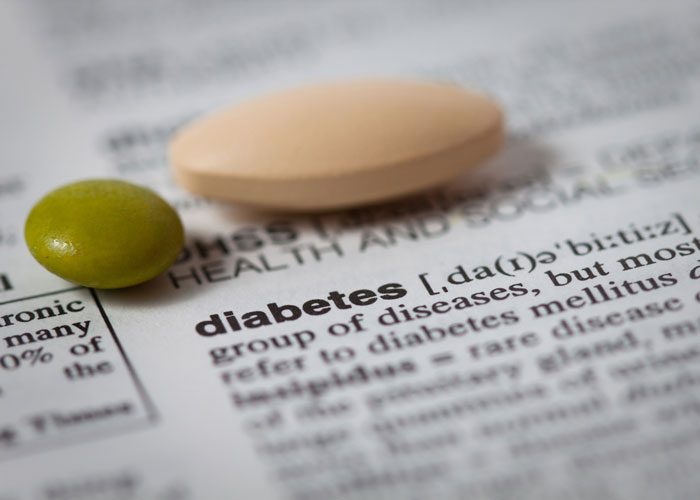Oral semaglutide shows promise for type 2 diabetes
Posted: 17 October 2017 | Dr Zara Kassam (European Pharmaceutical Review) | No comments yet
Researchers have identified that the drug semaglutide resulted in better glycemic control than placebo for patients with type 2 diabetes…


Researchers have identified that the drug semaglutide when taken orally resulted in better glycemic control than placebo over 26 weeks for patients with type 2 diabetes.
Although several type 2 diabetes treatments are available, therapy selection involves consideration of the risks of adverse effects such as hypoglycemia or weight gain and complexity of treatment.
The oral formulation of semaglutide, a glucagon-like peptide-1 (GLP-1) receptor agonists (a class of drugs used for the treatment of type 2 diabetes) may improve acceptance and adherence for some patients compared with the injectable formulation of GLP-1 receptor agonists.
In a phase 2 trial, Dr Melanie Davies, of the University of Leicester, United Kingdom, and colleagues randomly assigned 632 patients with type 2 diabetes and insufficient glycemic control to different doses and dose escalation of once-daily oral semaglutide; oral placebo; or once-weekly semaglutide by injection (subcutaneous) for 26 weeks.
The researchers found that average change in haemoglobin Alc (HbA1c) level from baseline to week 26 decreased with oral semaglutide (dosage-dependent range, -0.7 percent to -1.9 percent) and subcutaneous semaglutide (-1.9 percent) and placebo (-0.3 percent); oral semaglutide reductions were significant vs placebo. From an average baseline HbA1c level of 7.9 percent, between 44 percent (2.5-mg group) and 90 percent (40-mg standard escalation group) of patients receiving oral semaglutide achieved the target HbA1c level of less than 7 percent.
Clinically relevant (5 percent or more) weight loss was achieved in up to 71 percent of patients receiving oral semaglutide. The adverse event profile of oral semaglutide was comparable with subcutaneous semaglutide.
The adverse event profile of oral semaglutide was comparable with subcutaneous semaglutide.
The findings that support the clinical outcomes, as well as safety, have been published in JAMA.









